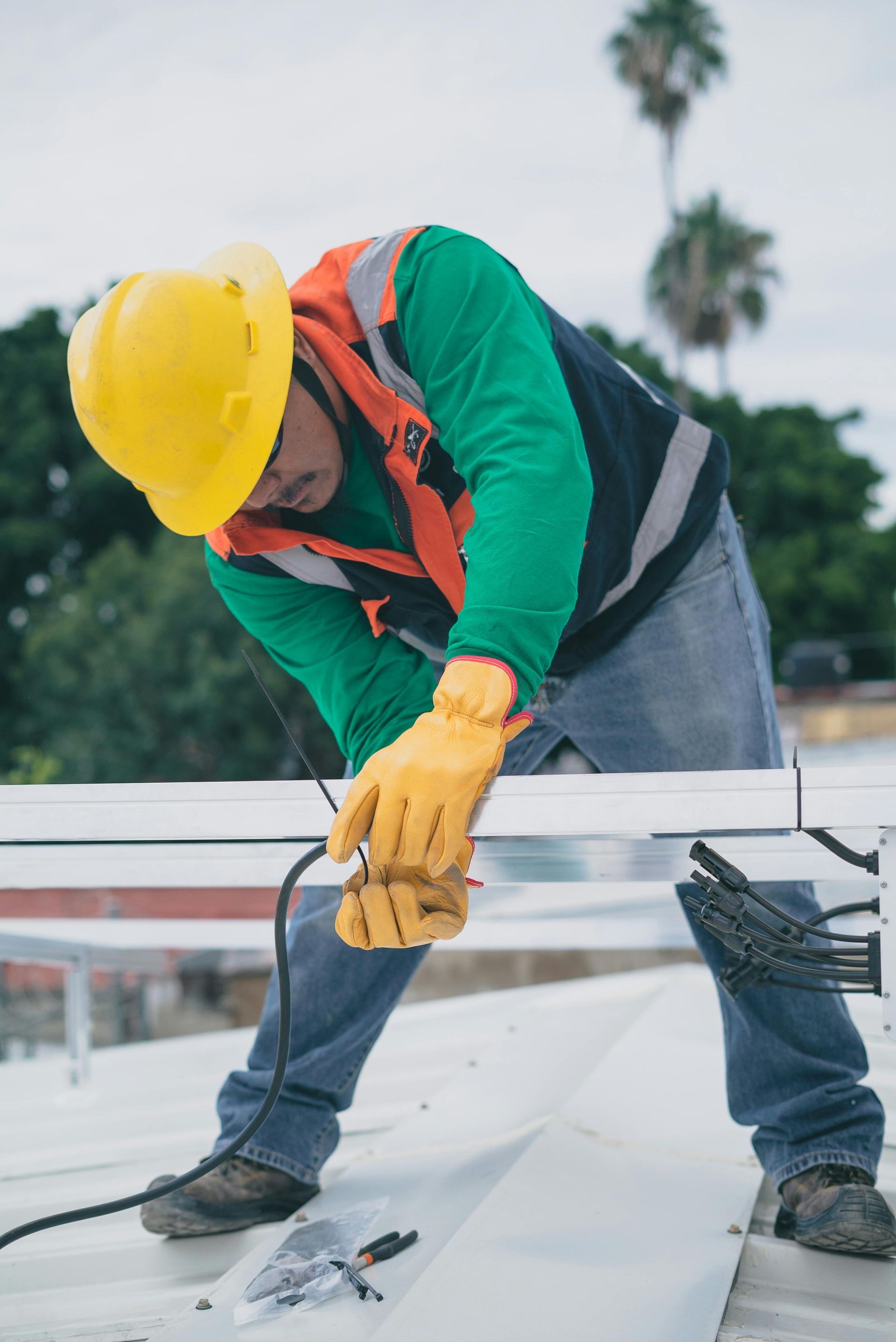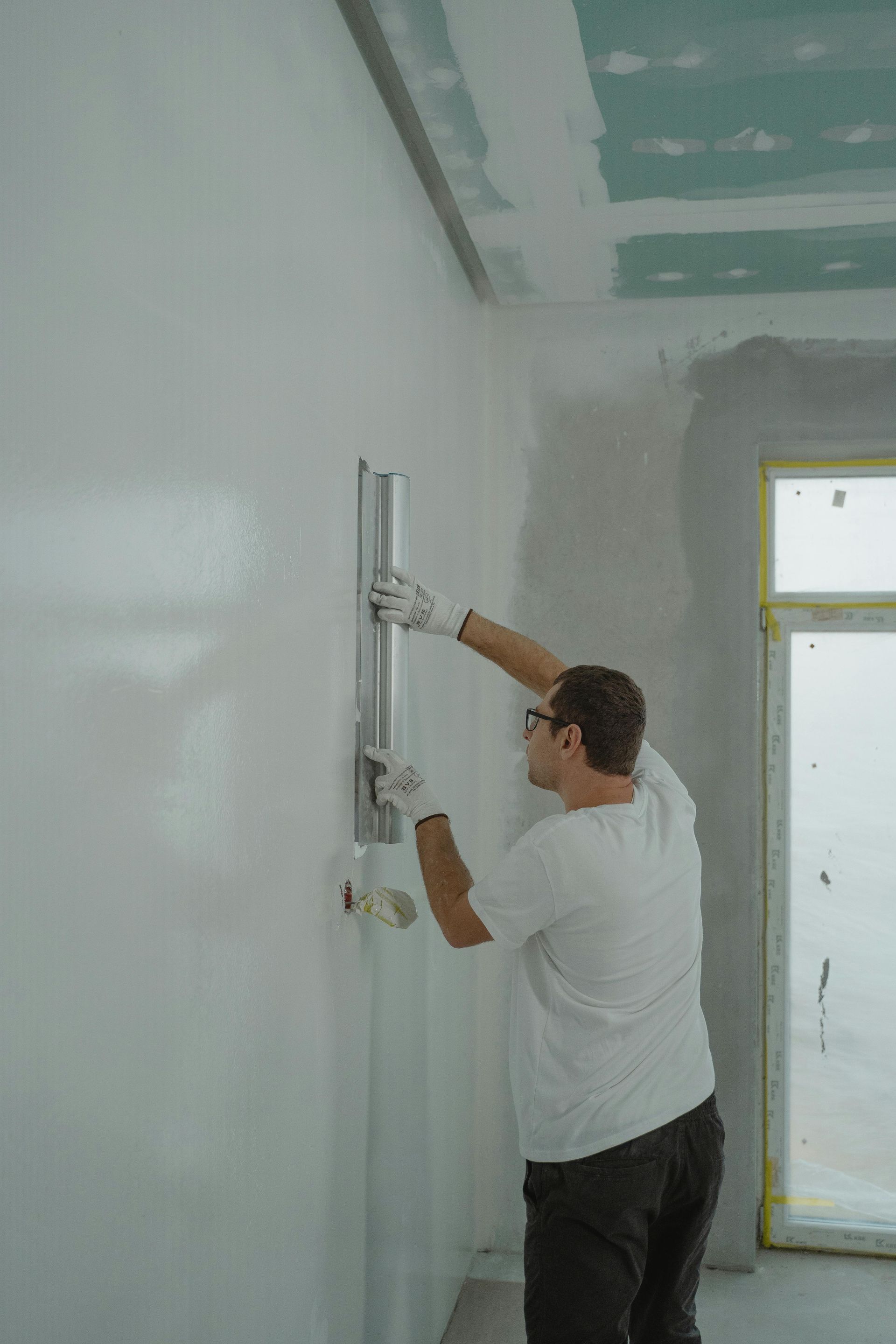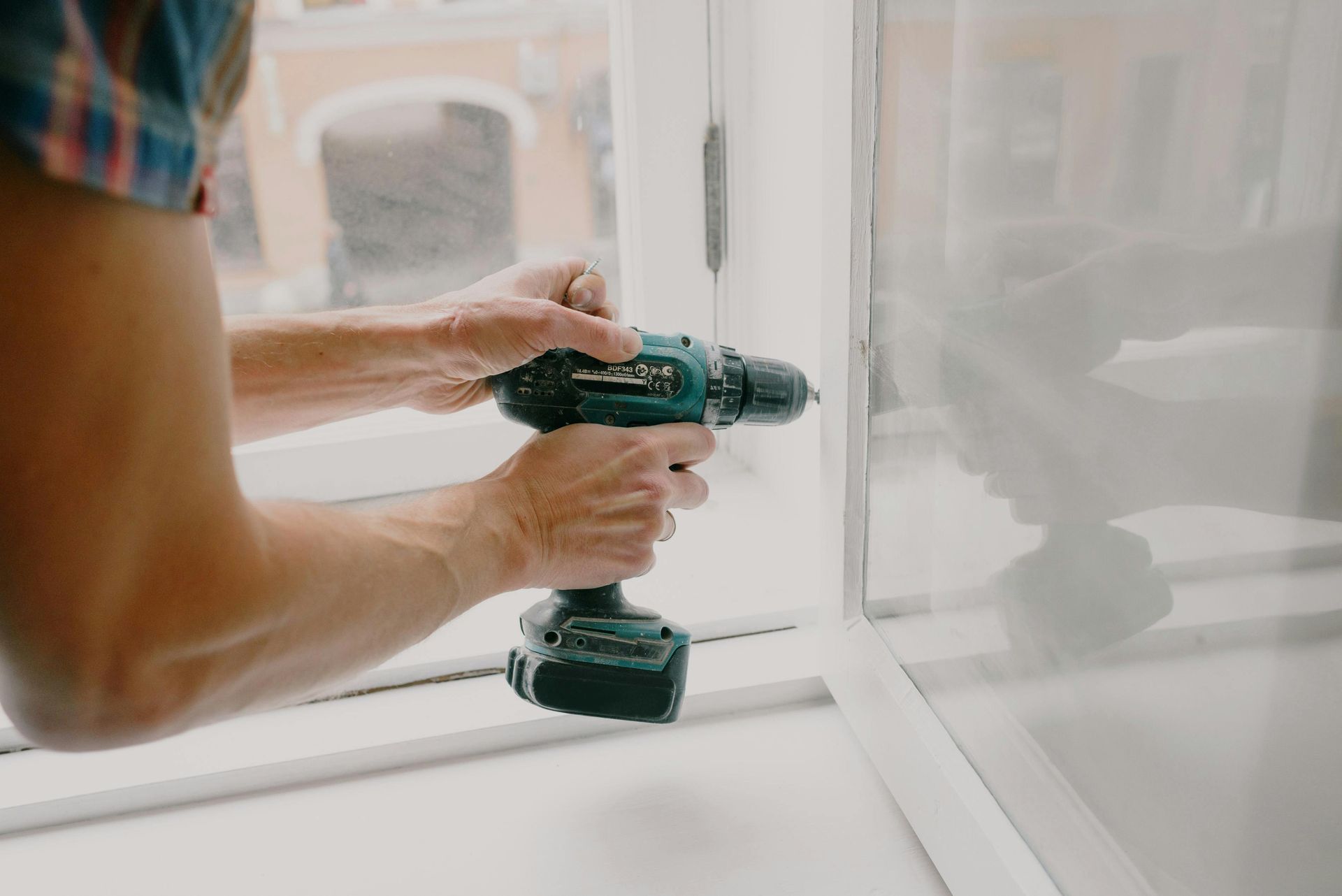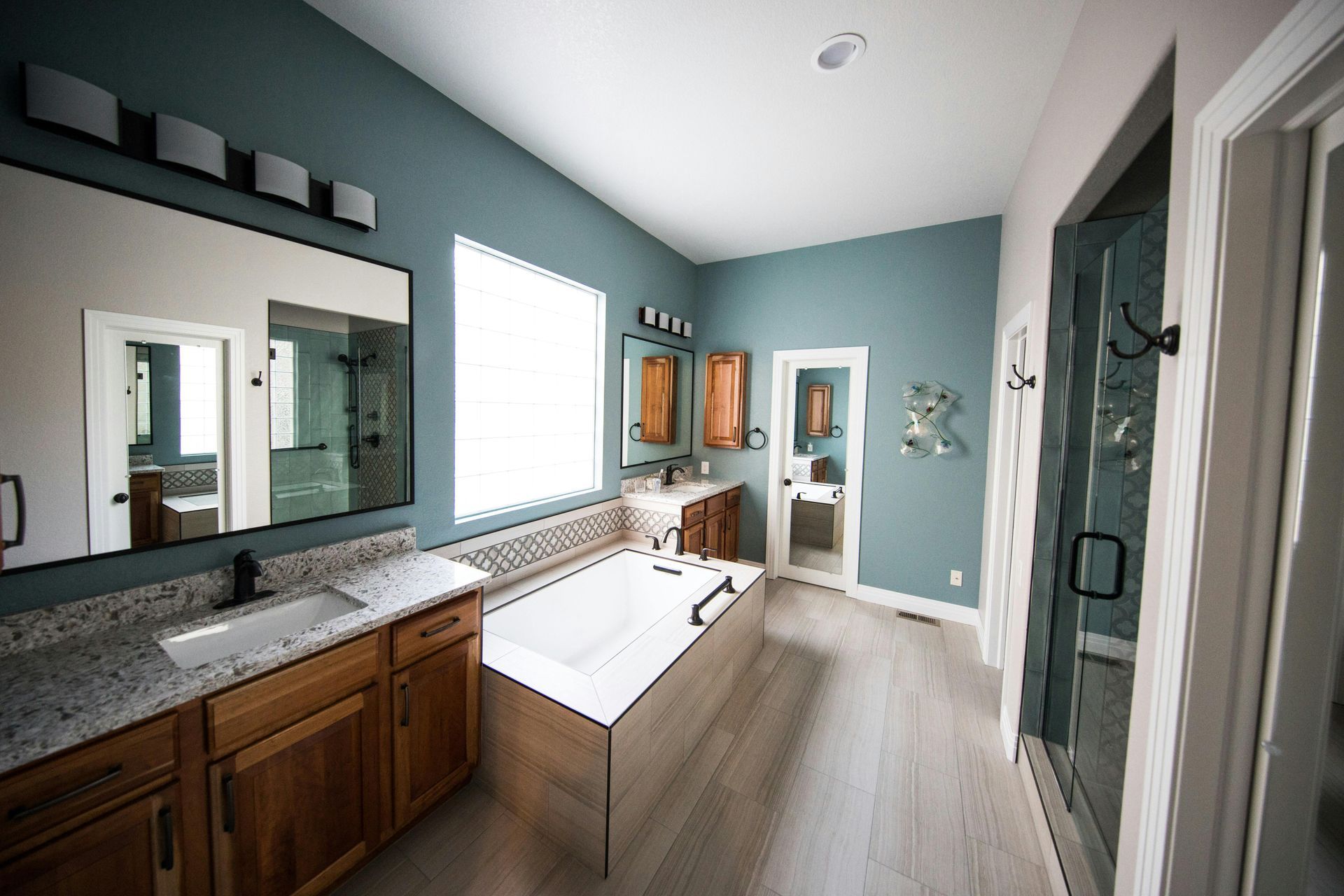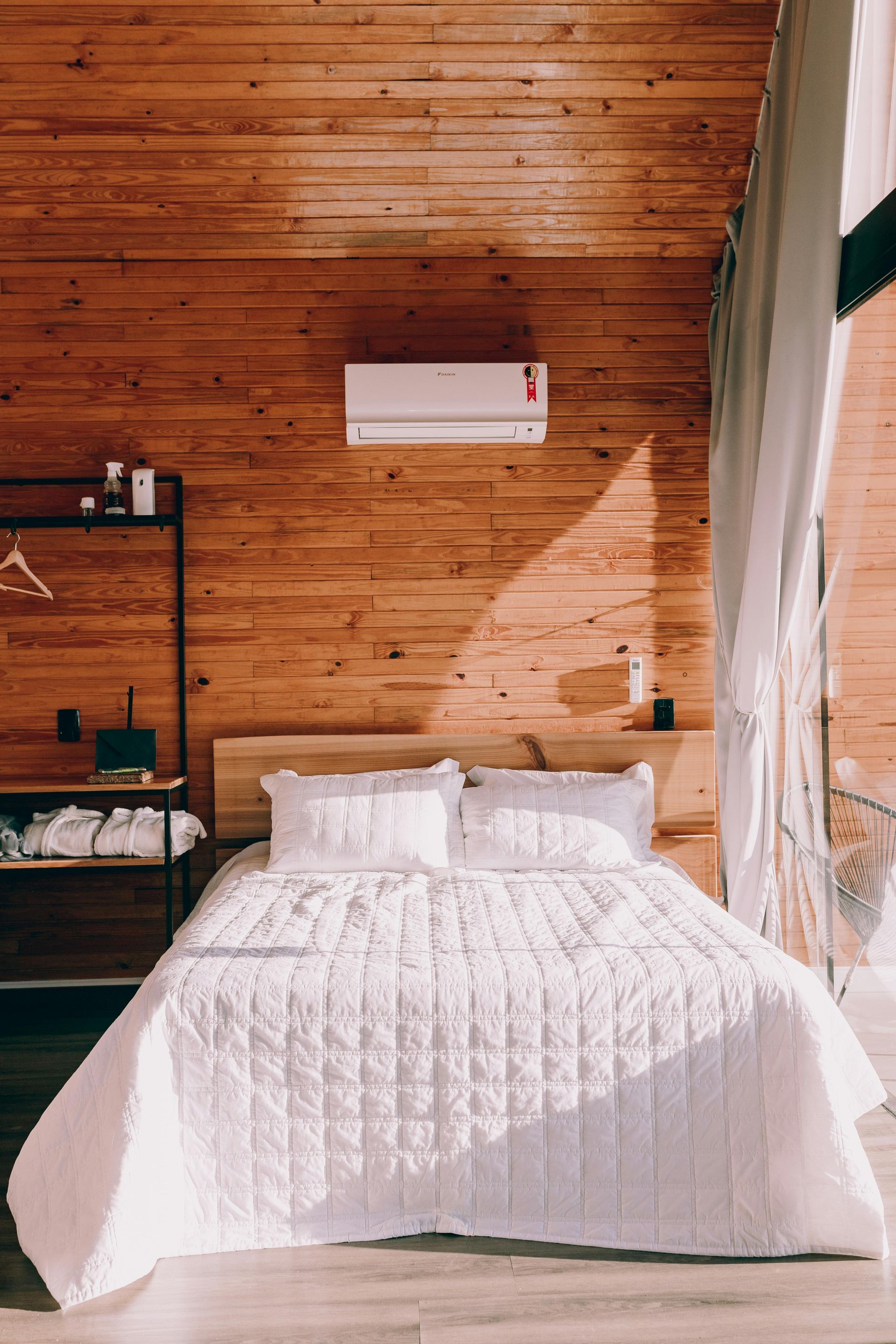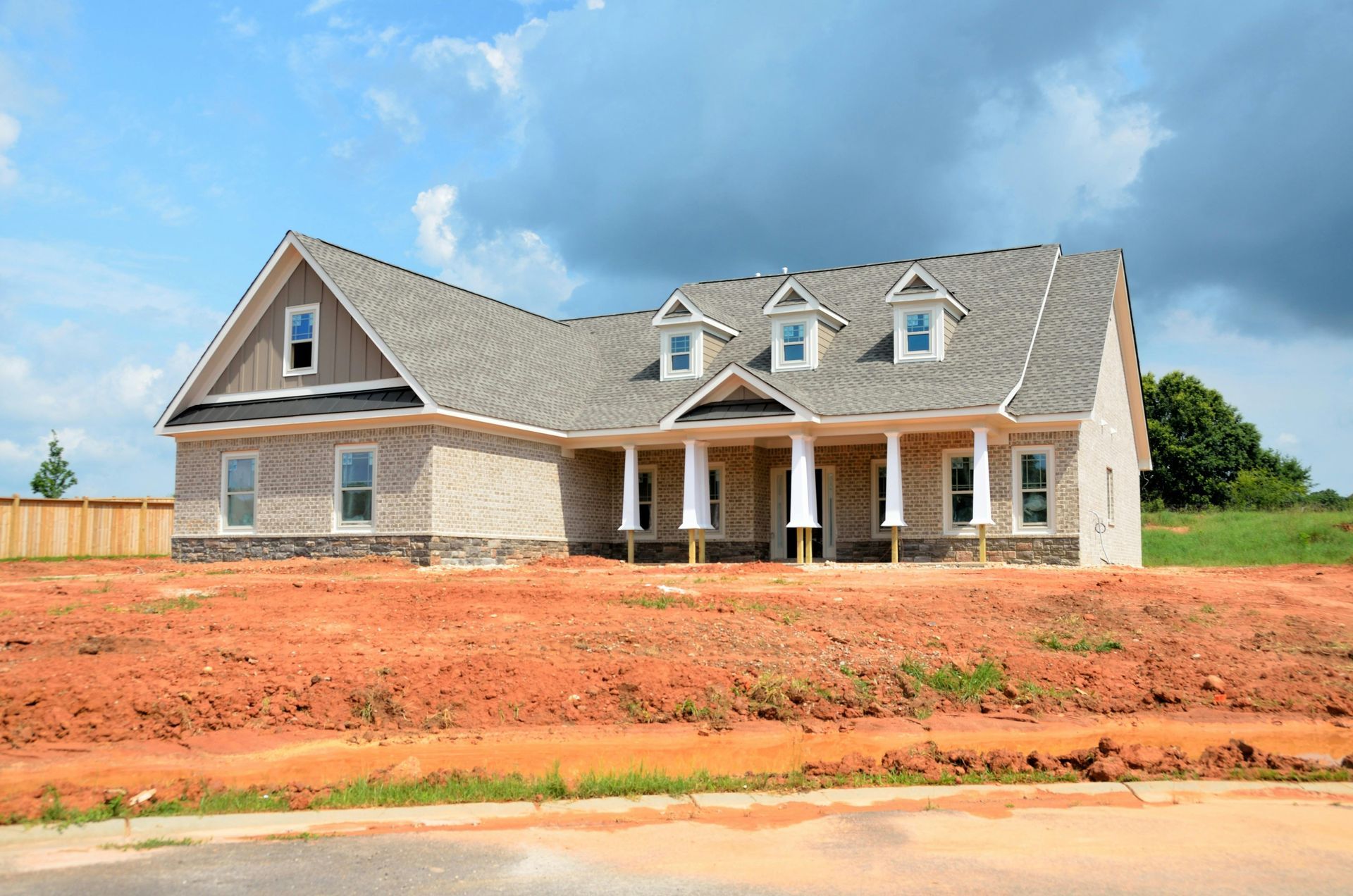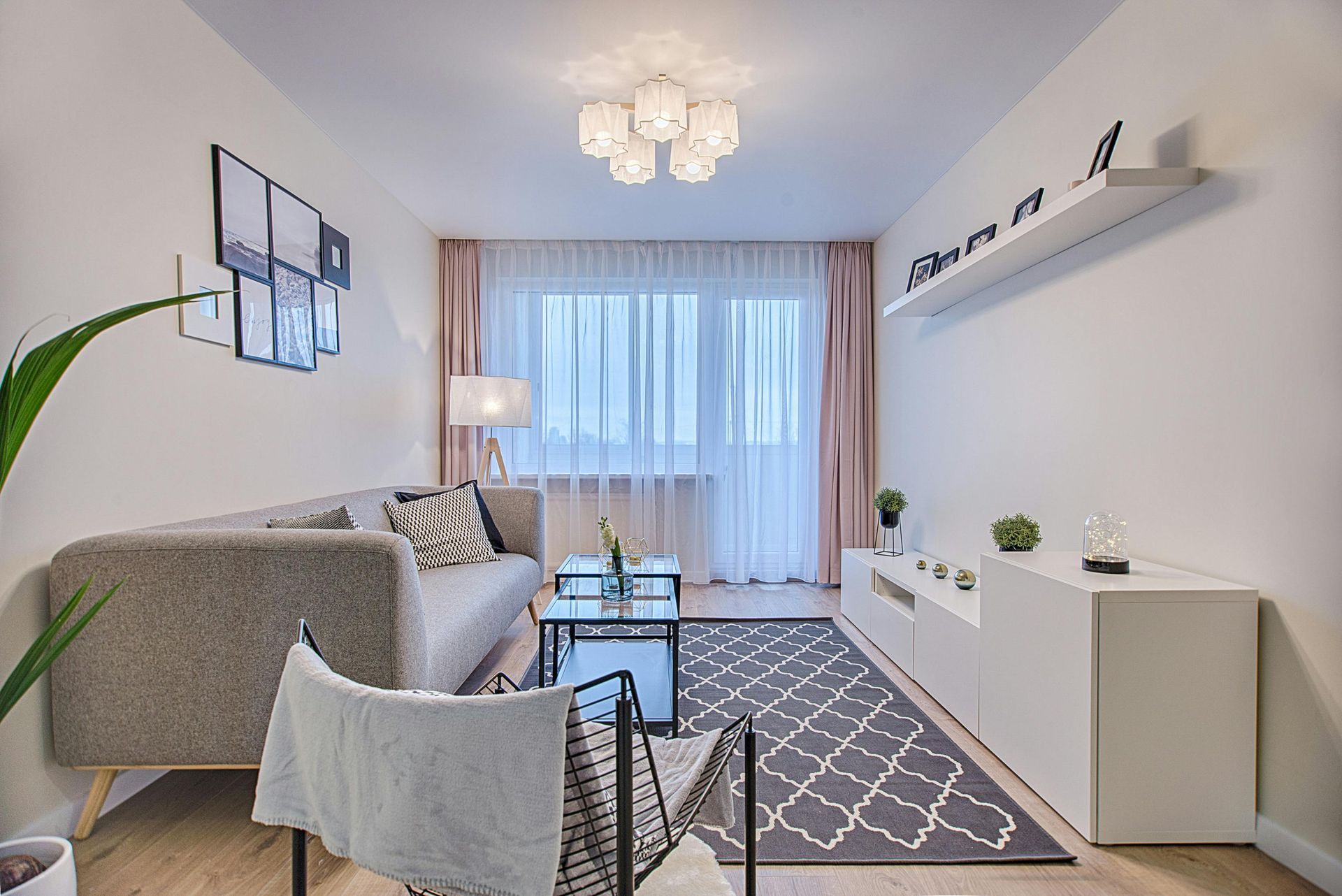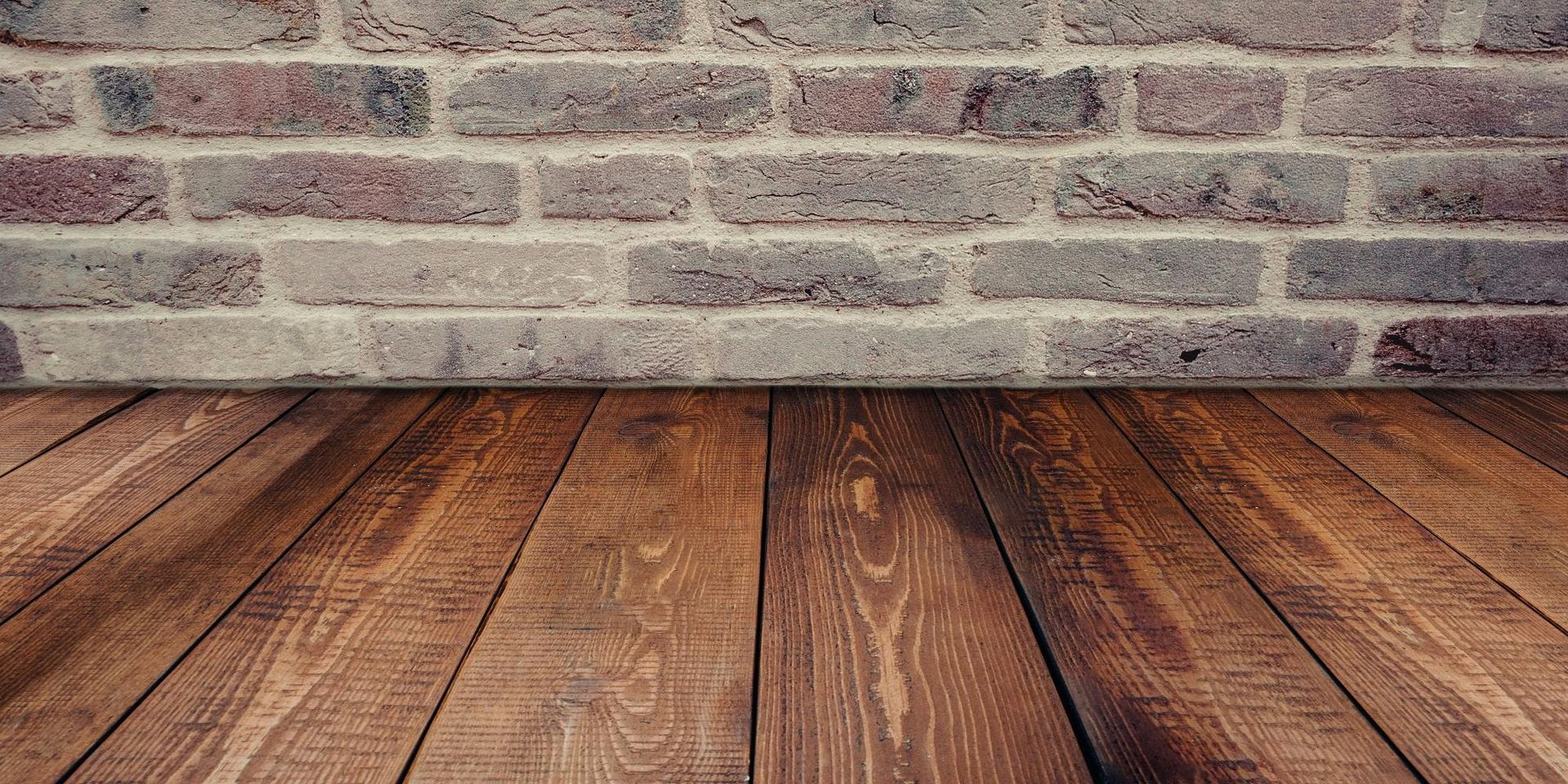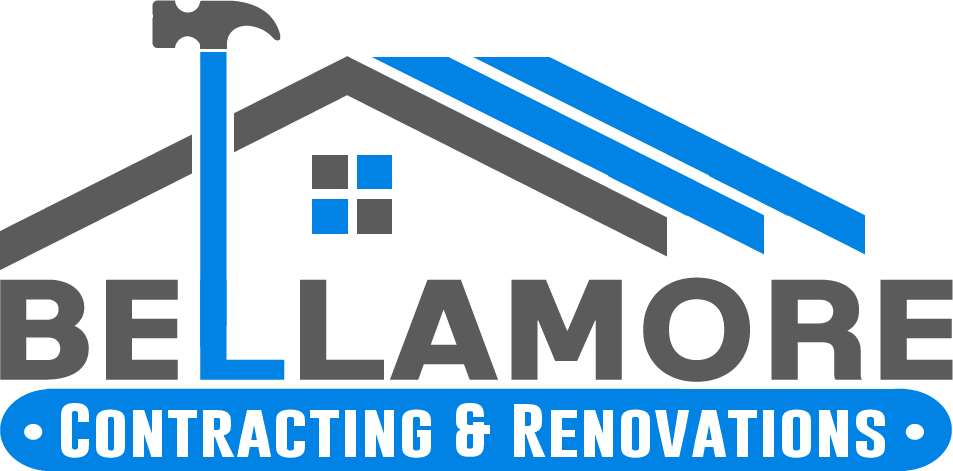Licensed (#RBC-21-01654) & Insured
Local References Available Upon Request
Licensed (#RBC-21-01654) & Insured | Local References Available Upon Request
Ensuring Reliable Plumbing for Long-Term Efficiency
A properly installed plumbing system is the foundation of a functional, efficient, and long-lasting home or commercial building. Whether constructing a new property or renovating an existing one, the two critical phases of plumbing installation—rough-in and trim-out—ensure that water flows seamlessly and waste is properly disposed of. These phases require precision, expertise, and compliance with industry codes to avoid long-term issues such as leaks, low water pressure, and drainage problems. By understanding the importance of plumbing rough-in and trim-out, property owners can make informed decisions that contribute to the overall reliability and performance of their plumbing system.
Understanding Plumbing Rough-In
The plumbing rough-in stage is one of the most crucial steps in the construction process. This phase involves installing all the pipes and connections that will eventually supply water and remove waste from the building. Rough-in occurs before walls, floors, and ceilings are finished, allowing plumbers to install water supply lines, drain pipes, vent stacks, and sewer connections without obstructions.
A key component of rough-in plumbing is the installation of main water lines. These pipes deliver fresh water to all areas of the building, including kitchens, bathrooms, and laundry rooms. Proper planning ensures that each line is correctly routed to maximize efficiency and minimize pressure drops. High-quality materials, such as PEX, copper, or PVC, are selected based on durability, water pressure needs, and environmental conditions.
Drainage systems are another critical element of plumbing rough-in. Wastewater from sinks, showers, and toilets must flow efficiently to the sewer or septic system without blockages or backflow issues. Plumbers carefully calculate pipe slopes to ensure optimal drainage and prevent standing water or slow-draining sinks. Vent stacks are installed to allow proper airflow within the plumbing system, preventing sewer gas from entering the building and maintaining pressure balance in drainpipes.
Building codes play an essential role in rough-in plumbing. Local regulations dictate pipe placement, venting requirements, and minimum fixture spacing to ensure a safe and efficient system. Plumbers must adhere to these codes to pass inspections and avoid costly modifications later in the project. Once the rough-in phase is complete, an inspector will assess the system’s compliance before walls and floors are closed up, ensuring everything is up to standard.
Coordination with other trades is essential during rough-in plumbing. Plumbers must work alongside electricians, HVAC professionals, and framers to ensure that pipes do not interfere with electrical wiring, air ducts, or structural components. Proper planning and communication prevent conflicts that could delay the project or require extensive rework.
The Trim-Out Phase: Bringing the Plumbing System to Life
After the rough-in phase is complete and walls, ceilings, and floors have been installed, the trim-out stage begins. This phase involves connecting fixtures, installing faucets, and ensuring the entire system functions properly. Trim-out is where plumbing becomes fully operational, and the final aesthetic touches are applied.
Key components installed during trim-out include sinks, toilets, showers, bathtubs, dishwashers, water heaters, and garbage disposals. Each fixture must be carefully positioned to align with rough-in connections, ensuring a secure fit and proper functionality. Precision is crucial in this phase, as even minor misalignments can lead to leaks, uneven water pressure, or improper drainage.
Testing and adjustments are an integral part of the trim-out process. Plumbers conduct pressure tests to confirm that water supply lines deliver adequate flow without leaks. Drainage systems are inspected to verify that wastewater flows freely and that there are no obstructions. Additionally, water heaters are tested to ensure they provide consistent hot water at the correct temperature.
Aesthetic considerations also come into play during trim-out. The placement of faucets, showerheads, and exposed piping should complement the overall design of the space. Homeowners and designers may choose modern, sleek finishes such as brushed nickel or matte black to enhance the look of bathrooms and kitchens. Proper spacing and alignment contribute to a polished, high-end appearance.
Common Challenges & Solutions in Plumbing Installation
Several challenges can arise during plumbing installation, particularly in retrofitting older buildings or working within confined spaces. One common issue is improper drainage and venting. If pipes are not correctly sloped or vented, wastewater can back up, leading to slow drains and unpleasant odors. Ensuring that all drainpipes have the appropriate incline and that vent stacks are properly placed prevents these issues.
Leaks and pressure problems are another concern. Even small leaks can lead to significant water damage over time, causing mold growth and structural deterioration. Pressure imbalances may result in weak water flow or excessive force that can damage pipes and fixtures. Plumbers use specialized tools such as pressure gauges and leak detectors to identify and resolve these issues before they become major problems.
Planning for future plumbing needs is an essential part of installation. As homeowners add new appliances, such as water softeners or additional bathrooms, their plumbing systems must be capable of handling increased demand. Installing additional shutoff valves, expansion tanks, and oversized supply lines can prevent the need for costly modifications later.
In older buildings, space constraints and outdated plumbing systems pose challenges. Retrofitting new pipes into existing structures often requires creative solutions, such as flexible piping materials or alternative routing methods. Professional plumbers have the expertise to navigate these obstacles while maintaining code compliance and system efficiency.
Benefits of Professional Plumbing Rough-In & Trim-Out Services
Hiring professional plumbers for rough-in and trim-out ensures a high-quality, code-compliant installation. One of the primary benefits is safety and reliability. Properly installed plumbing systems reduce the risk of leaks, water damage, and sewer backups, providing homeowners with peace of mind.
Seamless integration with smart plumbing technology is another advantage. Modern plumbing systems can be equipped with water-saving fixtures, touchless faucets, and leak detection sensors. A well-planned rough-in phase allows for the easy addition of these features, ensuring compatibility with emerging technologies.
A properly installed plumbing system also improves long-term durability. Using high-quality materials and expert craftsmanship reduces the likelihood of premature failures, minimizing maintenance costs over time. Investing in professional plumbing installation increases the lifespan of pipes, fixtures, and appliances.
A well-executed plumbing system enhances property value, making homes and commercial spaces more attractive to buyers and tenants. Prospective homeowners and business owners prioritize efficient, leak-free plumbing systems when evaluating properties. A professionally installed system adds to a building’s overall marketability and functionality.
Trends in Plumbing Installations
The plumbing industry continues to evolve with new trends that emphasize efficiency, sustainability, and convenience. Water-efficient fixtures, such as low-flow toilets and aerated faucets, reduce water consumption without sacrificing performance. Many municipalities offer rebates for homeowners who install these eco-friendly fixtures.
Touchless and smart faucets are gaining popularity in modern homes. These fixtures provide a hygienic, hands-free experience while reducing water waste. Smart plumbing systems can also detect leaks, monitor water usage, and send alerts to homeowners via mobile apps, preventing costly damage.
Tankless water heaters are becoming a preferred choice for energy efficiency. Unlike traditional water heaters that store hot water, tankless systems heat water on demand, reducing energy consumption and ensuring a continuous supply. These systems are ideal for homes with high hot water demand.
Luxury plumbing features are also trending in high-end homes. Freestanding bathtubs, rainfall showerheads, and custom sink designs elevate bathroom and kitchen aesthetics. These features provide both functionality and a spa-like experience, enhancing daily comfort.
Ensuring a Reliable & Efficient Plumbing System
A successful plumbing system depends on a well-executed rough-in and trim-out phase. These foundational steps ensure that pipes, drains, and fixtures work together seamlessly, providing reliable water supply and efficient wastewater removal. By prioritizing expert installation, property owners can avoid costly repairs and enjoy a trouble-free plumbing system for years to come.
Working with professional plumbers guarantees compliance with building codes, optimal system performance, and long-term durability. Whether building a new home, renovating a commercial property, or upgrading an outdated system, investing in quality plumbing installation ensures efficiency, reliability, and enhanced property value. A properly planned and executed plumbing system not only meets today’s needs but also accommodates future advancements in plumbing technology.

